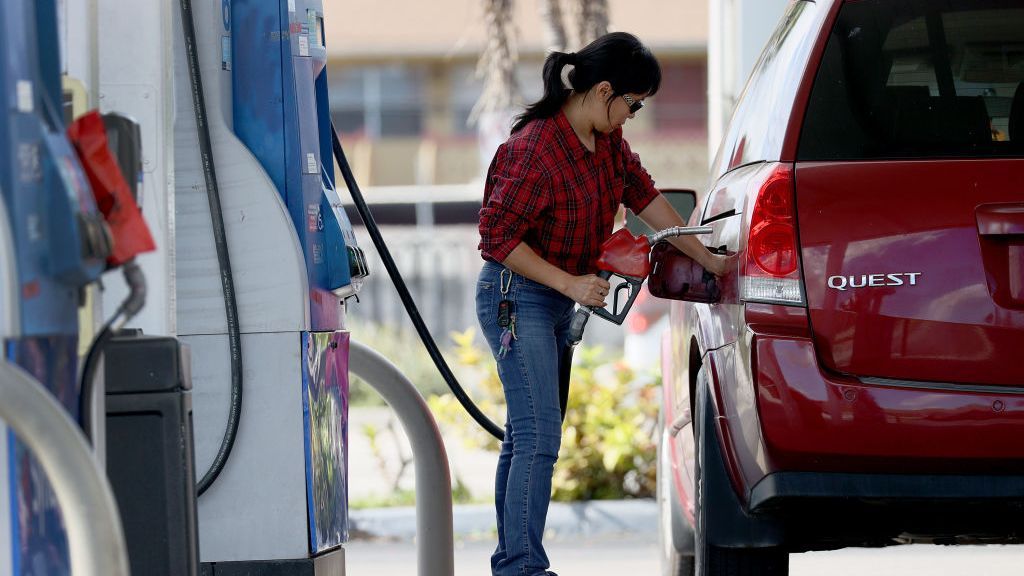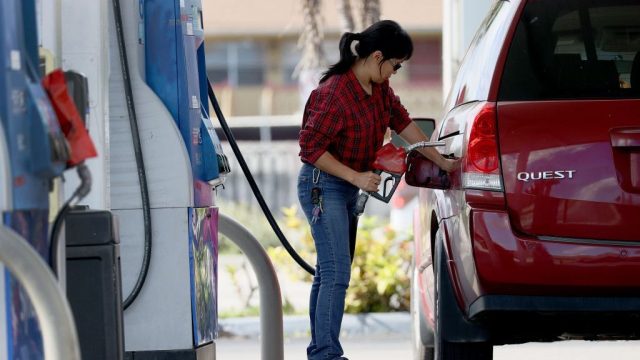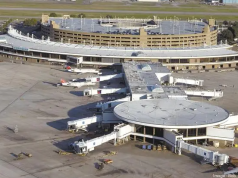
Retail gasoline prices are moving lower in some parts of the country, but don’t expect the announcement to tap strategic reserves to work any long-term magic, analysts said.
Motor club AAA listed a national average retail price of $3.40 per gallon of regular unleaded for Tuesday. That national average is skewed higher because of California, which because of higher taxes and other factors, had a state average of $4.70 per gallon. On the low end, Oklahoma averaged $2.97 per gallon on Tuesday.

National prices are moving lower in some markets, though broad-based inflationary concerns are a mounting issue for a White House worried about slumping poll numbers and the general health of the U.S. economy.
Matthew Kohlman, an associate director for refined products pricing at S&P Global Platts, said the market was probably working given the notion that the solution to high prices is usually high prices. Demand would theoretically start to decline at a certain point and, assuming no supply disruptions, prices would respond.
The only issue, Kohlman said, is that it doesn’t always work overnight. And particularly with the upcoming long Thanksgiving Day holiday, it’s unlikely that demand would evaporate this week.

Wholesale prices are already on the decline as broader markets react to the return of tight social restrictions in Europe, where Austria has already returned to lockdown in an effort to control a surge in new cases of COVID-19. Additionally, the U.S. Department of State has issued a do not travel warning for Germany and Belgium.
Meanwhile, in the domestic market, the U.S. federal government reported last week that gasoline demand dropped from 9.26 million barrels per day to 9.24 million barrels per day.
“But prices at the pump seem to be backing down more slowly, as there is still strong gasoline and diesel demand in the U.S. for this time of year and flying demand has also returned,” Kohlman said.

Phil Flynn, a senior market analyst at The PRICE Futures Group in Chicago, said the higher prices adage is a two-sided coin.
“Our expectations are that demand will rise faster than expected because of the lower price,” he said.
President Joseph R. Biden Jr. took to the podium Tuesday to discuss the health of the economy, expressing concern that taxpayers will be forced to pay “an arm and a leg” for goods and services moving into the holiday season. On gasoline and broader commodities, the president announced he was tapping into the nation’s Strategic Petroleum Reserve in parallel with China, India, Japan, the Republic of Korea and the United Kingdom.
The Department of Energy under the provision will release 50 million barrels of oil from the Strategic Petroleum Reserve in an effort to curb prices. In a fit of irony, perhaps, crude oil prices actually ticked higher on the news. Biden acknowledged from the podium that prices won’t move overnight, but they should move lower eventually with more oil on the market.
The price of crude oil is among the largest factors behind what consumers see at the pump.
But for much of the day, market watchers were skeptical.
“I frankly think the White House release is a bit weak,” said Patrick DeHaan, the senior petroleum analyst at GasBuddy. “Still, gas stations are dragging their feet on the huge drop in wholesale over the last week and that’s also frustrating.”
Edited by Bryan Wilkes and Kristen Butler
The post US Prices At The Pump Slowly Starting To Ease appeared first on Zenger News.




